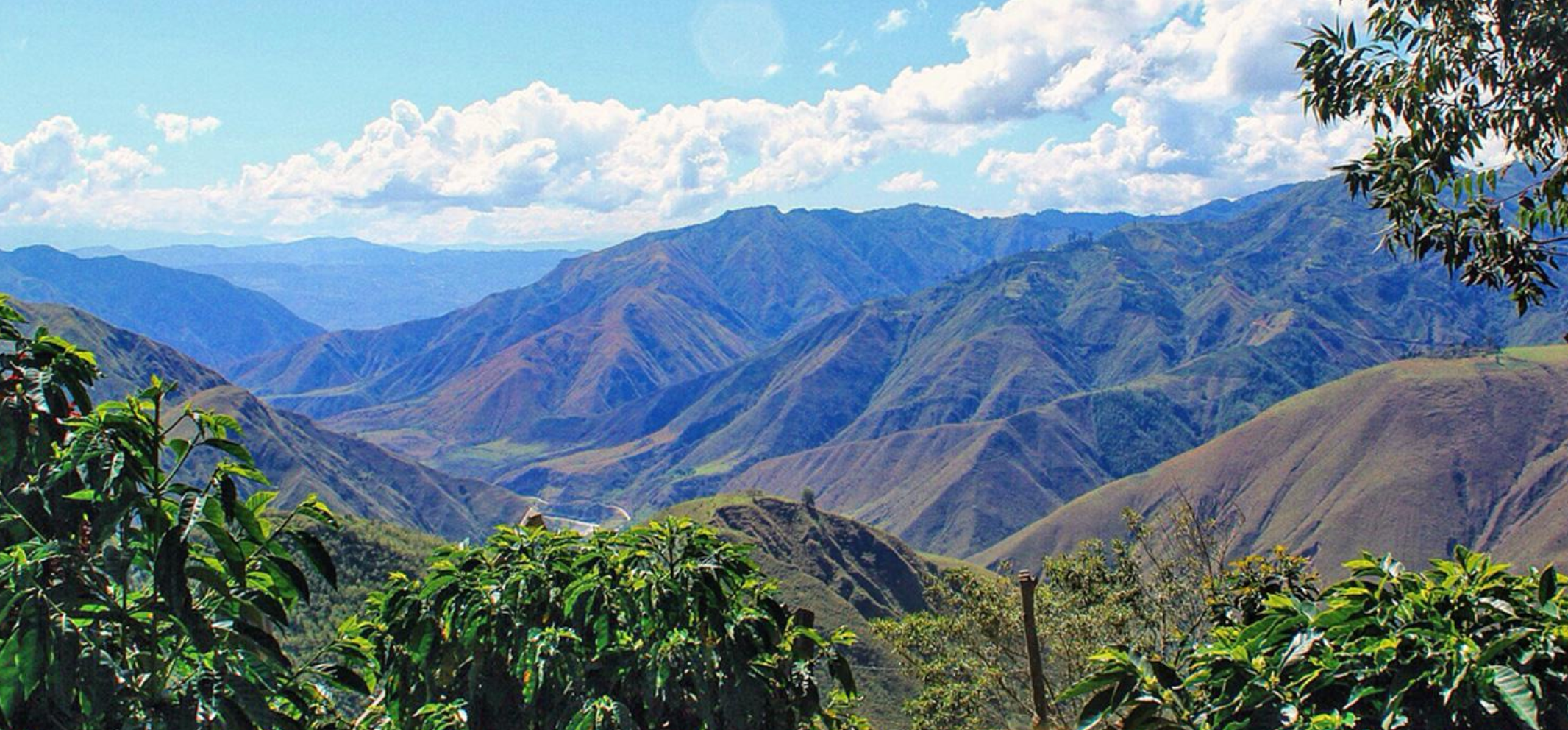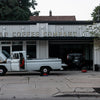INZA, COLOMBIA: A COMMUNITY ALL ITS OWN

Today, we are releasing another coffee from Colombia. Yes, it is our 5th coffee from Colombia this season! It’s a coffee unlike any of the others it shares its nationality with. It has been 3 years since we first began exploring coffees from Inza, a tiny valley in Cauca only a couple hours northwest of our San Sebastian coffee. Though there is close proximity, Inza and La Plata are very different areas; from the terrain, to the people, and the history. The coffee does a great job of expressing these differences as well. After tasting coffees from Inza for the first time a few years ago, we’ve kept this area on our radar. This past year we spent a good chunk of time exploring some relationships and we are looking forward to building upon them in the years to come.
Aside from the pristine beauty of the winding mountainscape, the high elevations, and the cool temperatures found in the valley, history is imperative to the coffee produced here. The first coffee variety to be produced widely all over Colombia was Typica. In the 70s, much of Colombia’s coffee production started transitioning over to Caturra, a coffee with higher production than Typica. Following Caturra, the Colombian Coffee Growers Federation (FNC) began working on a new variety simply called “Colombia” with the goal of producing higher yields than Caturra and greater resistance to weather and diseases. In the 2000s, we saw the launch of Castillo (essentially, the “new Colombia”) that was produced to give higher yields and be even more resistant to coffee disease than the Colombia variety.

The majority of coffee grown in Colombia is the Castillo variety. There is still a decent amount of Caturra, however, it is shrinking. Typica is even more rare to come by, except in Inza. During the spread of the Colombia variety and particularly during the spread of Castillo, Inza was very difficult to travel to. The roads were in rough shape and, later on, there was a lot of FARC (Revolutionary Armed Forces of Colombia) activity in the area. This resulted in the FNC canvassing the entire country with new varieties while Inza remained predominantly planted with Typica, Caturra, and even some Bourbon as it was in the past.
When I taste these coffees, they generally offer a brightness and a floral tea quality that is special to find in Colombia. The floral characters are met with syrupy sweetness. Depending on the vintage or the lot, we may see more dark berries versus juicy orange, however, the syrupy sweetness is always alive. As I’ve spent more time in the area, it seems that there is more than just the absence of new varieties that make Inza special. Here, you find a community that has evolved and shaped uniquely and beautifully unlike any other coffee producing area in the country. When you visit and spend time with the people in Inza, a story starts to emerge that gives great scope and richness to the place. What I love about Inza is that the coffee offers a taste of their unique culture as well as a glimpse of what coffee in Colombia may have been like 50 years ago.




